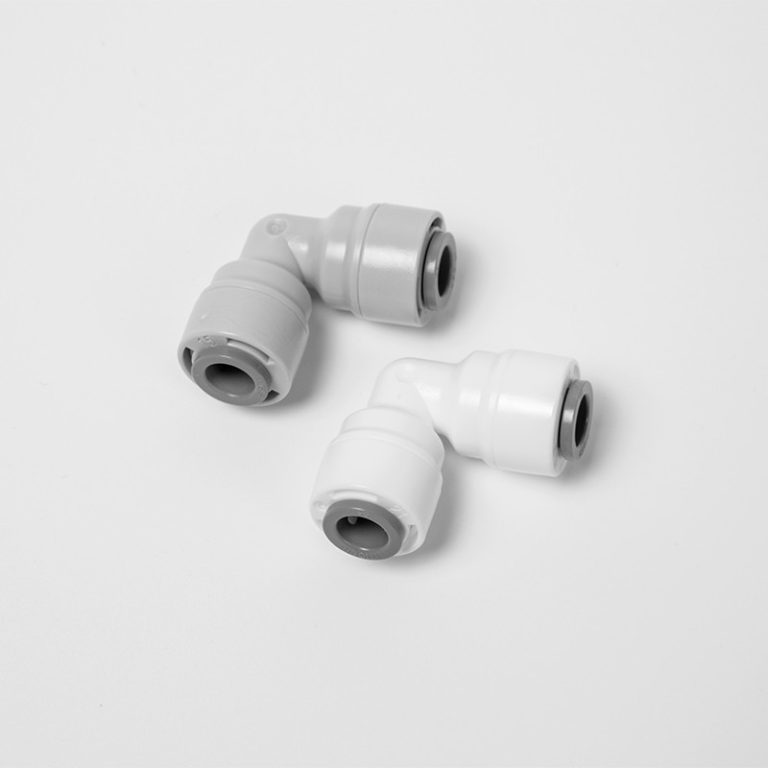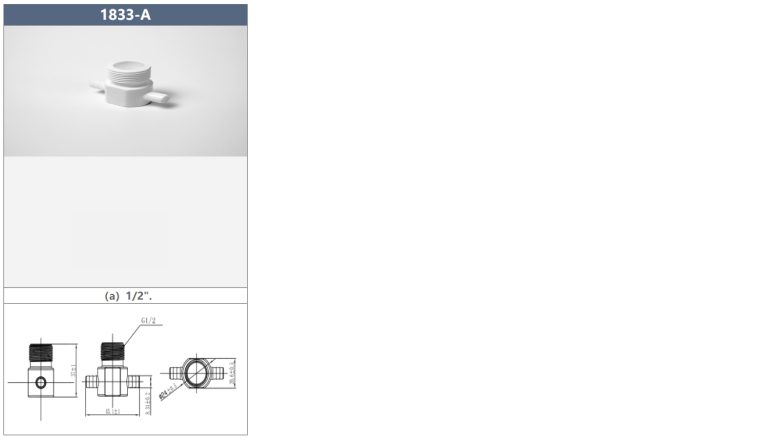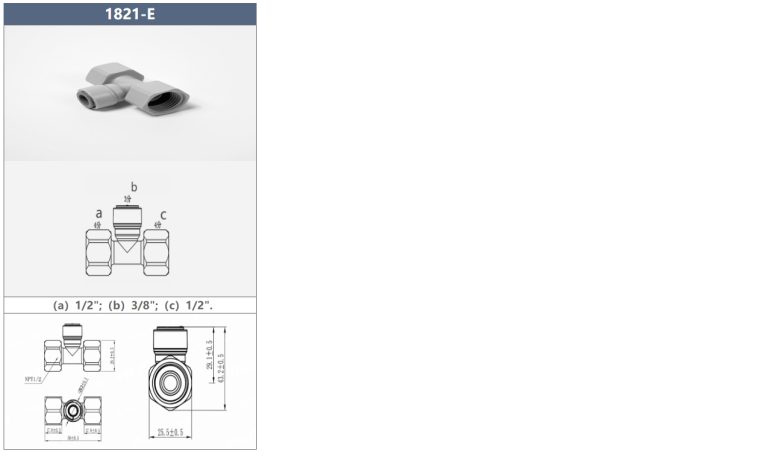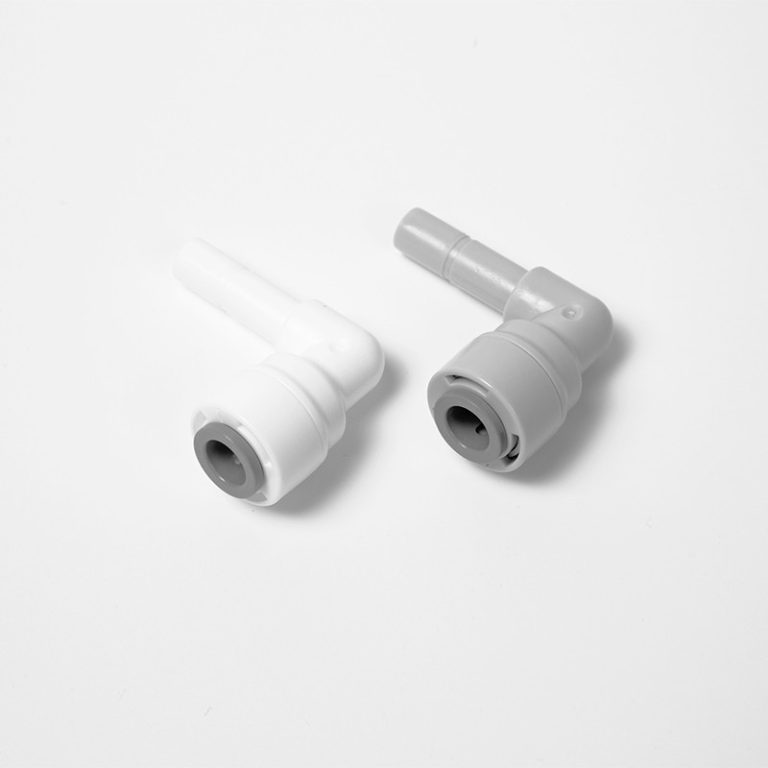Table of Contents
Advantages of Using Circular Plastic Connectors in Electronic Devices
Circular plastic connectors are a common component in electronic devices, providing a reliable and efficient way to connect various components within a system. These connectors offer several advantages that make them a popular choice for designers and manufacturers in the electronics industry.
One of the key advantages of using circular plastic connectors is their durability. Made from high-quality materials, these connectors are designed to withstand harsh environmental conditions, such as temperature extremes, moisture, and vibration. This durability ensures that the connectors will continue to function properly even in challenging operating environments, making them ideal for use in a wide range of electronic devices.
In addition to their durability, circular plastic connectors are also known for their versatility. These connectors come in a variety of sizes and configurations, allowing designers to choose the right connector for their specific application. Whether it’s a small, compact connector for a handheld device or a larger connector for a complex electronic system, there is a circular plastic connector available to meet the needs of virtually any design.
Another advantage of using circular plastic connectors is their ease of installation. These connectors are designed to be simple and straightforward to install, saving time and effort during the manufacturing process. With features such as snap-in connections and quick-release mechanisms, circular plastic connectors can be easily connected and disconnected without the need for specialized tools or equipment.
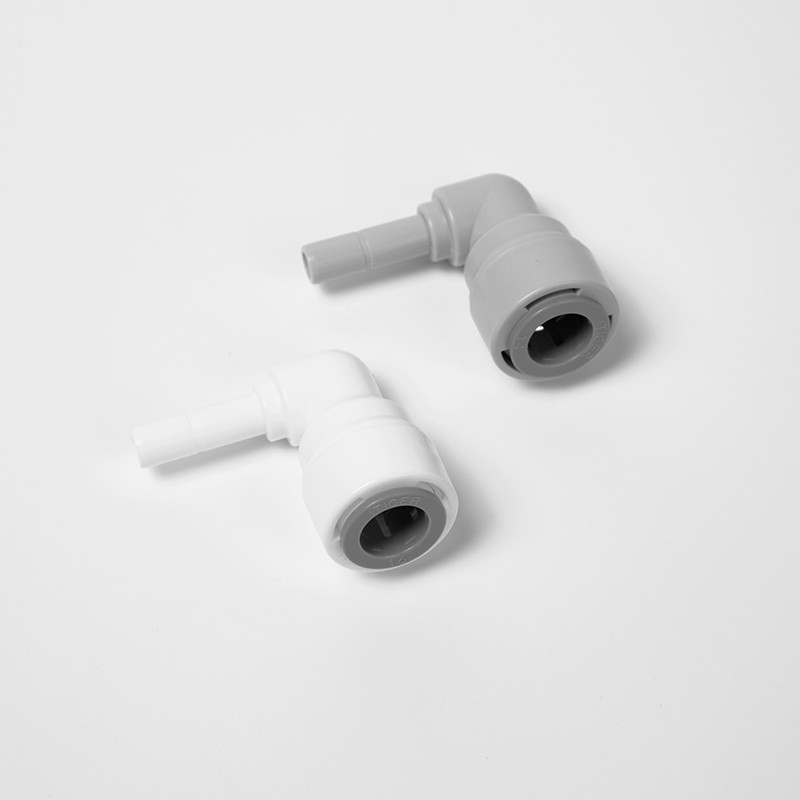
Furthermore, circular plastic connectors offer excellent electrical performance. These connectors are designed to provide a secure and reliable connection between components, ensuring that signals are transmitted accurately and efficiently. This high level of electrical performance is essential for maintaining the overall functionality and performance of electronic devices, making circular plastic connectors a preferred choice for many designers and manufacturers.
Additionally, circular plastic connectors are cost-effective. Compared to other types of connectors, such as metal connectors, plastic connectors are typically more affordable to produce, making them a cost-effective option for electronic device manufacturers. This cost savings can help reduce overall production costs and make electronic devices more competitive in the marketplace.
Overall, circular plastic connectors offer a range of advantages that make them an attractive choice for use in electronic devices. From their durability and versatility to their ease of installation and excellent electrical performance, these connectors provide a reliable and efficient way to connect components within a system. With their cost-effective nature and ability to withstand harsh environmental conditions, circular plastic connectors are a valuable component in the electronics industry. Whether it’s a consumer electronics device or a complex industrial system, circular plastic connectors play a crucial role in ensuring the reliable operation of electronic devices.
How to Choose the Right Circular Plastic Connector for Your Application
Circular plastic connectors are a popular choice for a wide range of applications due to their versatility, durability, and cost-effectiveness. When it comes to choosing the right circular plastic connector for your specific application, there are several factors to consider to ensure optimal performance and reliability.
One of the first things to consider when selecting a circular plastic connector is the size and shape of the connector. Circular connectors come in a variety of sizes and configurations, so it is important to choose one that is compatible with the requirements of your application. Consider the number of pins or contacts needed, as well as the overall dimensions of the connector to ensure a proper fit.
Another important factor to consider is the environmental conditions in which the connector will be used. Circular plastic connectors are available in a range of materials and designs to suit different environmental conditions, including moisture, dust, and temperature extremes. Be sure to choose a connector that is rated for the specific conditions in which it will be used to ensure reliable performance.
In addition to size and environmental considerations, it is also important to consider the electrical requirements of your application when choosing a circular plastic connector. Different connectors have different voltage and current ratings, so be sure to select a connector that can handle the electrical demands of your application without risk of damage or failure.
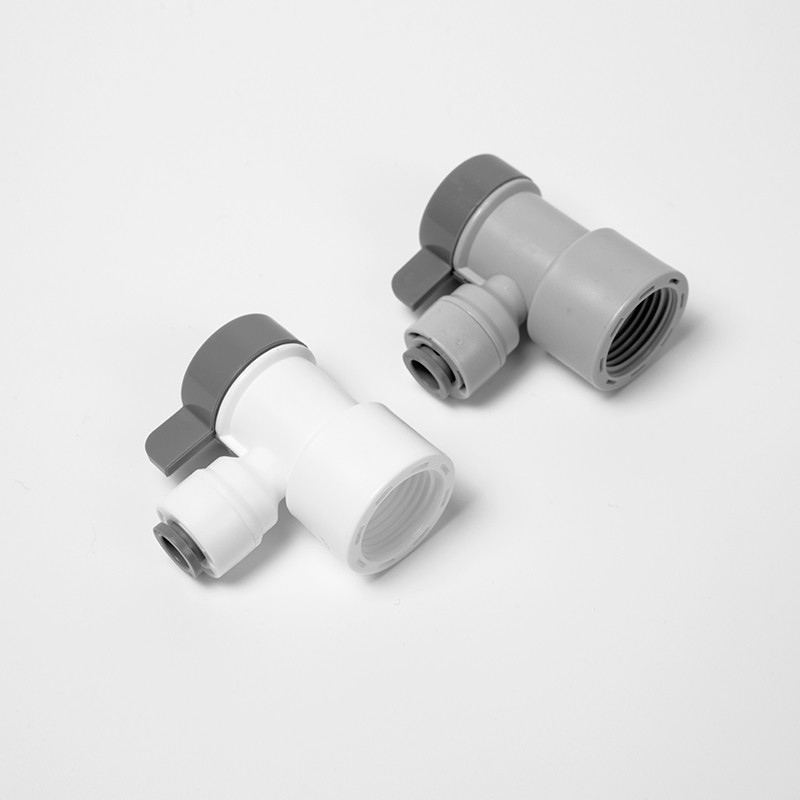
When selecting a circular plastic connector, it is also important to consider the ease of installation and maintenance. Look for connectors that are easy to assemble and disassemble, as well as those that are designed for quick and easy field repairs if necessary. This can help minimize downtime and ensure that your application remains operational.
| Model | Tube(a) | Stem(b) |
|---|---|---|
| 1801-A | 1/4 | 1/4 |
| 1801-C | 1/4 | 3/26 |
Finally, consider the reputation and reliability of the manufacturer when choosing a circular plastic connector. Look for manufacturers with a proven track record of producing high-quality connectors that meet industry standards for performance and reliability. Choosing a reputable manufacturer can help ensure that you are getting a high-quality product that will perform as expected.
| Model | Tube(a) | Stem(b) |
|---|---|---|
| 1801-A | 1/4 | 1/4 |
| 1801-C | 1/4 | 3/44 |
In conclusion, choosing the right circular plastic connector for your application requires careful consideration of a variety of factors, including size, environmental conditions, electrical requirements, ease of installation and maintenance, and manufacturer reputation. By taking the time to evaluate these factors and select a connector that meets your specific needs, you can ensure optimal performance and reliability for your application.

